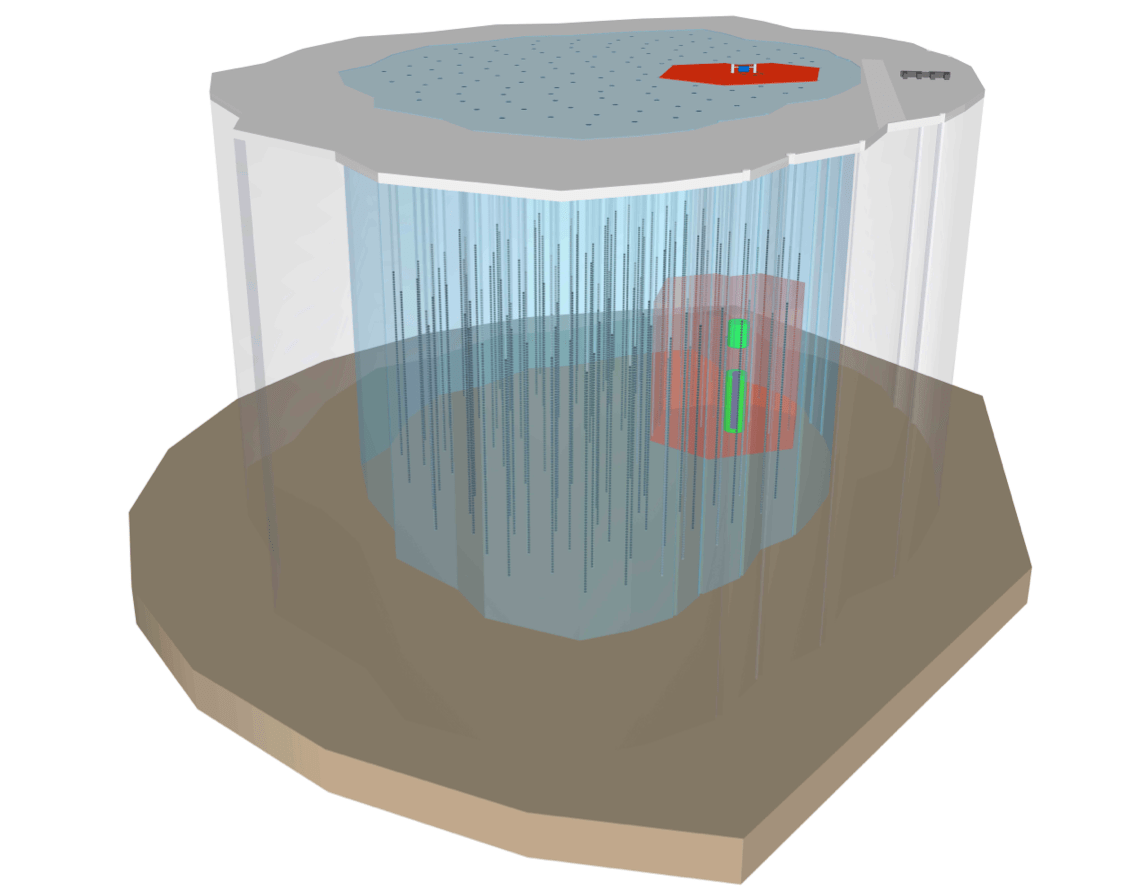IceCube generation 2 is a project to build a ten cubic kilometer neutrino telescope at the South Pole. A one cubic kilometer detector, called IceCube was completed in 2010. Neutrino telescopes are another kind of telescope to go alongside telescopes for visible light, x-rays, infrared, ultraviolet, microwave, radio, gamma ray and gravity waves.
They can look deep into space for the sources of cosmic rays and to study supernovae and they can reveal the structure inside the Earth.
There are many underwater neutrino detectors, under-ice and underground detectors.
Underwater neutrino telescopes:
Baikal Deep Underwater Neutrino Telescope (1993 on)
ANTARES (2006 on)
KM3NeT (future telescope; under construction since 2013)
NESTOR Project (under development since 1998)
Under-ice neutrino telescopes:
AMANDA (1996–2009, superseded by IceCube)
IceCube (2004 onwards)
DeepCore and PINGU, an existing extension and a proposed extension of IceCube
Underground neutrino observatories:
Gran Sasso National Laboratories (LNGS), Italy, site of Borexino, CUORE, and other experiments.
Soudan Mine, home of Soudan 2, MINOS, and CDMS
Kamioka Observatory, Japan
Underground Neutrino Observatory, Mont Blanc, France/Italy
The next generation deep sea neutrino telescope KM3NeT will have a total instrumented volume of about five cubic kilometers, and the IceCube Gen2 detector will be ten cubic kilometers. These two will bring far more sensitivity to neutrino detection. They will be three to ten times more capable than the best existing detectors. The KM3NeT detector will be built in three installation sites in the Mediterranean. Implementation of the first phase of the telescope started in 2013.
Multiple detectors are needed to triangulate on neutrino sources in space and for analysis of the deep interior of the earth.
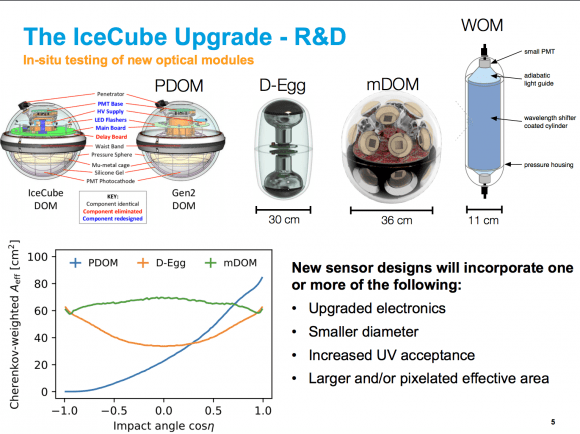
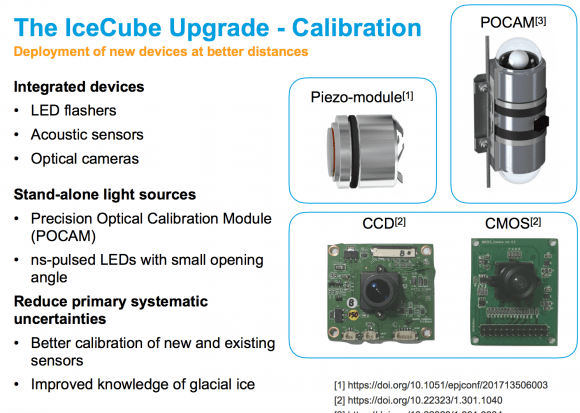
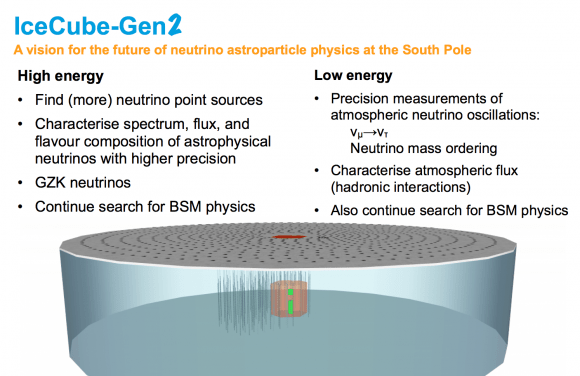
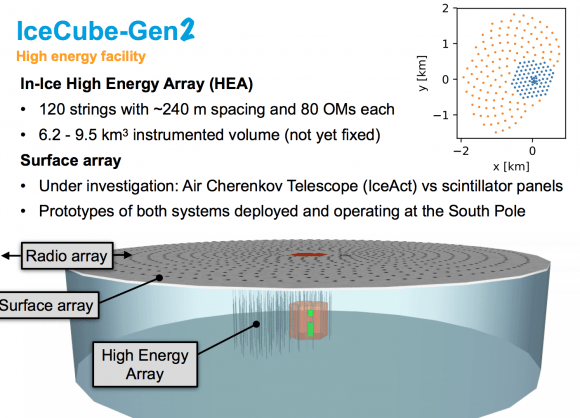
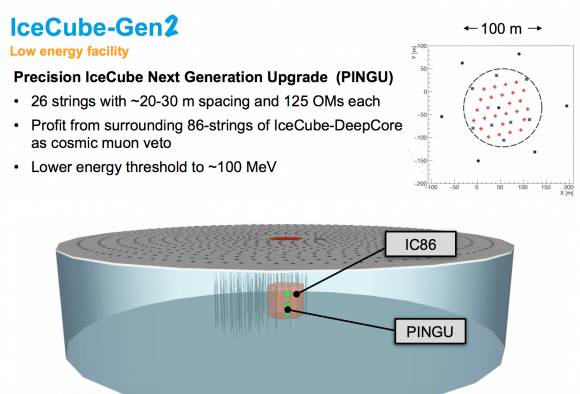
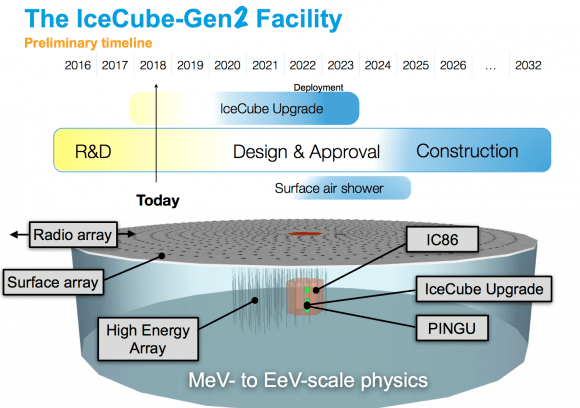
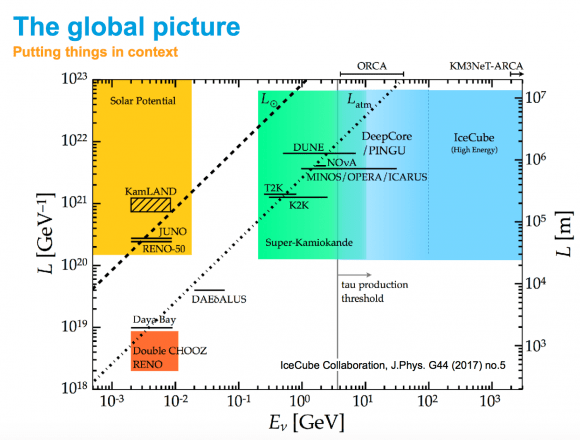
Neutrino tomography of Earth
Neutrino detectors have made precise measurements of the mass and density of the Earth. The Earth interacts with neutrinos. The differences in the distribution of neutrinos that pass through the Earth can be used to analyze density and create a 3D model of the inside core and mantle. Neutrino detectors with improved sensitivity and many years of data collection will enable vastly improved modeling.
By Brian Wang of Nextbigfuture.com

